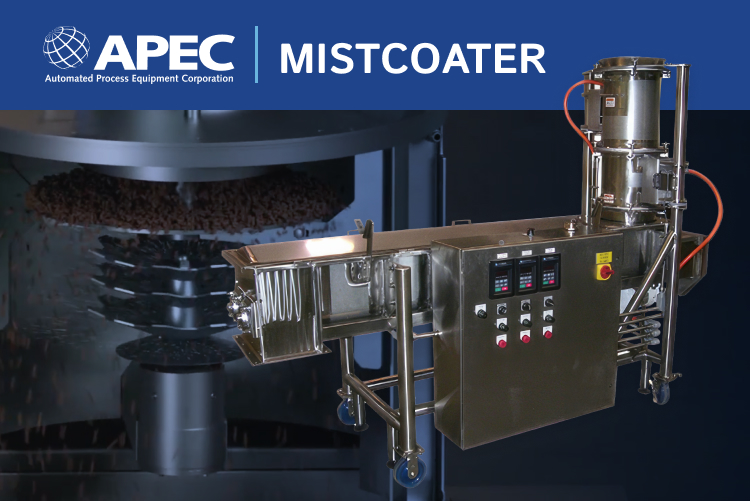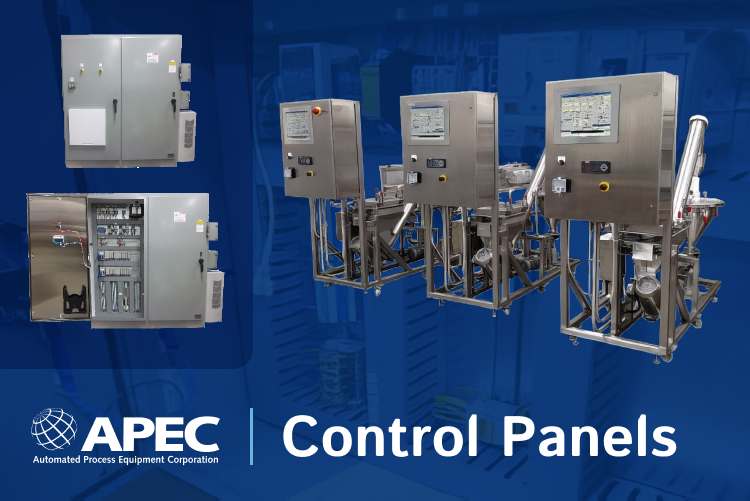
For automated processing to work in any industry, from food processing to chemical processing to pharmaceuticals and more, ingredients must be weighed accurately. In our previous post, we explained how to choose a load cell and scale instrument that works best for your mix. In this post, we’ll cover other factors that influence the accuracy in an automated processing system, including the feeder, system controls, scale mounting position, and surrounding environment.
Improving Accuracy in Automatic Weighing: Improving Process Design and Eliminating Interference
Type of Feeder
For the weighing system to work properly, the feeder and the scale must be coordinated. A larger feeder delivers more material at a faster rate, which can decrease the total time the process takes. However, if the feeder is too large, it can throw off the accuracy of the system.
The feeder, like the scale, must be suitable for the smallest ingredients and the largest. Consider how much material passes through the scale per second, and how long it takes to stop the feeder. If, for example, the feeder can deliver 1 lb of material in one second and it takes at least one second to stop, the smallest amount you can feed will be 1 lb. If your scale is accurate to within .01 lbs, this level of accuracy won’t be useful as long as the feeder is too large.
It is possible to program your system to account for this delay by stopping the system one second earlier. But, remember that there may be some variation in the time it takes for the feeder to stop. This is mostly impacted by the controls orchestrating and coordinated the system.
Type of Controls
Adding more machines and automating more tasks can improve accuracy in an automated processing system, but not if the control system is overloaded. If your controls don’t have enough power to efficiently execute each task in turn, they’ll start building up, and each one will be delayed. As you upgrade and expand your system, be sure to check in with your controls as well. If this part of your system can’t keep up, pinpoint precision elsewhere won’t matter.
Scale Mounting
To get an accurate reading, the scale must be free-standing. If rigid attachments bend or lean against the scale, they can hold it up and throw off the reading. If other objects such as power cables or pneumatic lines rest on the scale, this will also create inaccuracies. Be careful not to place other machinery and objects too close to the scale. While effective space utilization can increase plant efficiency, this shouldn’t come at the expense of the equipment’s operation. Some equipment may need to be moved, or the system reconfigured slightly, to give the scale enough room to operate properly.
Manufacturing Environment
The environment surrounding the scale also plays a role in the functionality and accuracy in an automated processing system. A number of environmental conditions can affect the functionality of the scale, including:
- Vibration
- Air currents
- Temperature
- Electromagnetic interference
Interference due to vibration is one of the most commonly overlooked causes of scale inaccuracies. The vibration may be constant, such as vibration caused by nearby machines or processes, or it may be sporadic, such as vibration caused by a passing vehicle. You’ll be able to detect interference through vibration by running a test and watching the scale. If the scale reading fluctuates by a degree higher than the scale’s target accuracy, you may need to rearrange processes, absorb the vibration with shrouding or mounting, or filter it electronically.
Proper testing from the outset can help you detect other environmental issues that can affect your scale. Sometimes though, conditions around the scale may change. If the recipe shows multiple inaccuracies, examine the area around the scale. If new machines or ventilation equipment were added or processes reconfigured, they may have disrupted the scale. Temperature changes such as those occurring during summer peaks, can also throw off the scale.







